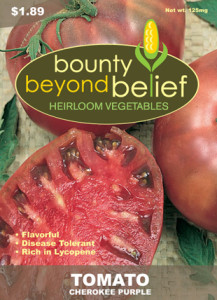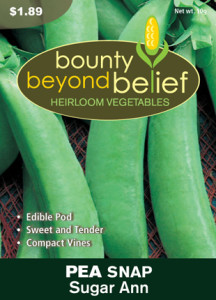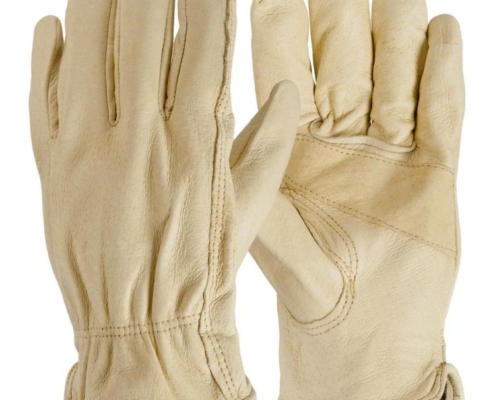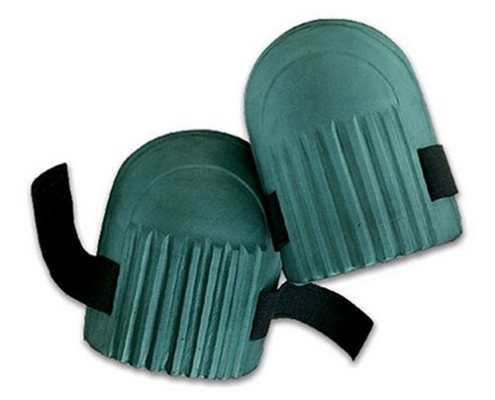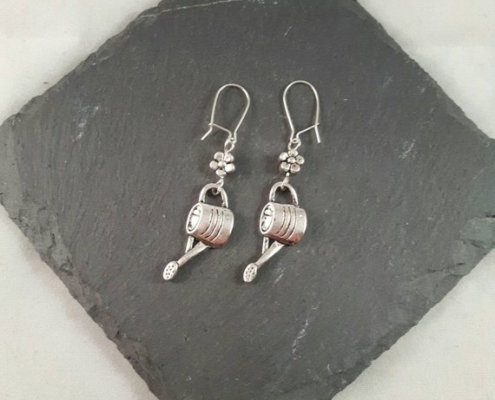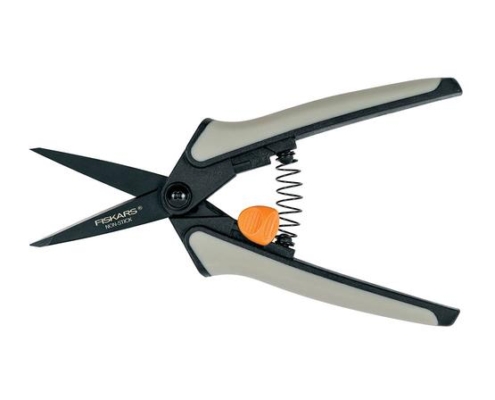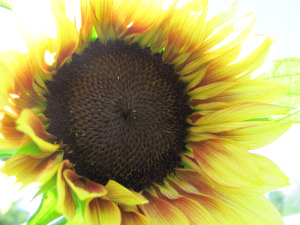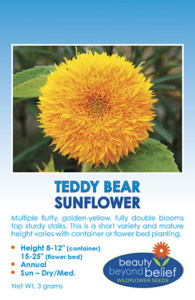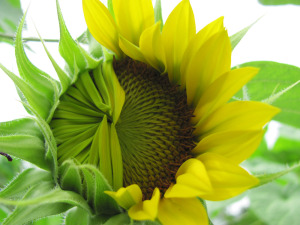Vegetable Planting Times and Strategies
Vegetable Planting Times and Strategies for High Altitudes
High Altitude
Growing vegetables in the mountains, at higher elevations can present challenges but is quite possible. Check out these informative sites for great planting time & strategies for high-altitude  gardening.
gardening.
CSU Extension fact sheet
High Altitude Gardening
Growing Tomatoes in short-season areas
Other gardening strategies
Start times by region
Every region has its own best time for planting. Here is an excellent link to find out the best time to plant your garden in your area.
Vegetables that take a long time to mature need to be planted earlier or even started in the greenhouse. Here is a table that lists those vegetables and the estimated time to plant them. Pick your region at the top row and scroll down that column to see when to plant your veggies.
Growing recommendations by region for vegetables with long maturing times.
| Ds = direct sow Gh = greenhouse Ts = transplant |
N.E. | Mid Atlantic | S.E. and Gulf Coast | Upper Midwest | S.W. | Central West Coast | Pacific N.W. | General |
| Broccoli | Gh start Apr 15 and ts May 20. Use floating row covers for insect pests. | Ds Mar. 1. Mulch to protect from heat. | Gh start Aug 1 or Jan 30 and ts Sept. 1 or Mar. 10. Harvest Oct 20 – Dec. 1 or June 1. | Gh start Mar. 1 and ts Apr. 15. | Ds Aug. 1 – May 15. | Ds Mar. 1 – Apr 1, or Aug. 15 – Sept. 30. Will overwinter in garden. | Ds Mar 20 – Apr 10. Use floating row covers to protect against insect pests. Will overwinter. | Optimum germination temperature is 70 deg. F. Full sun, average water. |
| Brussel Sprouts | Ds May 1 or gh start April 1 and ts May 15. Dig plants in late Oct. and store in buckets with dirt over roots. Replant May 1 for final year crop or seed. | Ds March 1. Difficult to get to seed. | Gh Aug 1 and ts Sept. 10. Harvest Nov. 30 – Mar 1. | Gh start Mar 1 and ts Apr. 1 – 15. Dig in Nov. and store in moist sand, replant April 1. | aren’t grown here | Ds July 1. Use shade cloth for young plants. Will overwinter in garden. | Gh start Jul. 15 and ts Aug. 15. Use floating row covers to protect against insect pests. Will overwinter in garden. | Optimum germination temperature is 70 deg. F. Full sun, average water. |
| Cabbage (head forming) | Ds May 1. Use floating row covers to protect against insect pests. | Ds Mar 1 or from Sept 1 – 15 or gh start Jan 15 or Aug 1 and ts Mar 1 or Aug. 1 – Sept 15. Will overwinter in garden for seed production with mulch. | Gh start Aug. 1 or Jan 20 and ts Sept 10 or Feb 15 – Mar. 1. Harvest Nov. 10 – Dec. 15 or Jun. 15. | Ds May 1 or gh start Mar. 1 and ts Apr. 1 – 15. | Ds Aug 1 – Apr 15. | Ds Aug 15 – Sept. 30. Will overwinter in garden for seed production. | Gh start July 15 and ts Aug 15. Use floating row covers to protect agains insect pests. | Optimum germination temperature is 70 deg. F. Full sun, average water. |
| Cauliflower | Doesn’t do well here | Ds Mar. 1. Mulch to protect from heat. | Gh start Aug 1 or Jan 30 and ts Sept. 1 or Mar. 10. Harvest Oct 20 – Dec. 1 or June 1. | Doesn’t do well here | Ds Aug. 1 – May 15. | Ds Mar. 1 – Apr 1, or Aug. 15 – Sept. 30. Will overwinter in garden. | Ds Mar 20 – Apr 10. Use floating row covers to protect against insect pests. Will overwinter. | Optimum germination temperature is 70 deg. F. Full sun, average water. |
| Cucumbers | Use early maturing varieties and ds after May 25. Use floating row covers to protect against insect pests. | Ds april 15 or gh start Mar. 1 and ts April. 15. | Ds April 1 – May 10. | Ds may 1 – June 20. | Ds Mar. 15 – June 15. | Ds April 15 – June 15. | Ds May 20 | Optimum germination temperature is 75 – 95 deg. F. Full sun, average water. |
| Eggplant | Use only early varieties. Gh start Mar 20 and ts June 1. | Ds Apr. 15 – May 15 or gh start Mar. 1 – April 1 and ts April 15 – May 15. | Gh start Mar. 10 and ts May 1 – 20. Full sun and are drought tolerant. | Gh start April 1 and ts May 20. | Ds Jan. 15 – May 15. | Gh start Feb. 1 and ts Apr. 1. | Use early varieties. gh start Mar. 20 – Apr. 1 and ts May 20 – June 1. | Optimum germination temperature is 75 – 95 deg. F. Full sun, average water. |
| Melon | Gh start April 20 – May 10 and ts June 1. Use floating row covers until flowering to protect against insect pests. | Ds April 15 – June 1, or gh start March 1 – April. 15 and ts April 15 – June 1. Mulch in hot, dry weather. | Ds April 1 – May 1. Use floating row covers for protection agains insect pests. | Ds May 1 – June 20. | Ds March 15 – June 15. | Ds April 15 – June 15. | Ds June 1 – 10 only if weather will be warm for several days after planting. | Optimum germination temperature is 80 – 90 deg. F. Full sun, average water. |
| Okra | Doesn’t do well here | Ds April 15 – June 15 | Ds May 1 – 30. | Ds May 15. | Ds March 15 – June 10 | Ds April 1 – June 1. | Doesn’t do well here | Optimum germination temperature is 70 – 95 deg. F. Full sun average water. |
| Peppers | Gh start Apr. 20 and transplanted Jun. 1 Use varieties that mature early in full sun | Ds Apr 15 – Jun 1 or g.h. start Mar 1 – Apr. 15 and ts Apr 15 – Jun 1 in full sun | Gh start Mar 1 and ts Apr. 15-30. | Gh start Apr. 1 and ts May 20. | Ds Mar 15 – May 15. | Gh start Feb 1 and ts Apr. 1, pot in 5 gal pots before frost and replant Apr. 1 | Gh start Mar 20 – Jun 1 and ts May 20 – Jun 1. | Optimum germination temperature is 75 – 95 deg. F. Normally started 6-8 weeks before the last average frost date |
| Pumpkins | Ds May 20 – June 10. Use floating row covers to protect against insect pests. | Ds April 15 – June 1, or gh start Mar. 1 – april 15 and ts April 15 – June 1. | Ds Apr. 15 – May 1, or gh start in July 1 and ts July 21- 30 | Ds May 1 – Jun 15. | Ds Mar. 15 – Jun 10. | Ds April 15 – May 30. | Ds May 20 | Full sun, avgerage water. Protect against insect pests. |
| Squash | Ds May 20 – June 10. Use floating row covers to protect against insect pests. | Ds April 15 – June 1, or gh start Mar. 1 – april 15 and ts April 15 – June 1. | Ds April 15 – May 1 or gh start July 1 and ts July 21 – 30. Full sun and avg water. | Ds May 1 – Jun 15. | Ds Mar. 15 – Jun 10. | Ds April 15 – May 30. | Ds May 20 | Full sun, avgerage water. Protect against insect pests. |
| Tomatoes | Gh start Apr. 20 and transplanted Jun. 1 Use row covers for protection if needed | Ds Apr. 15 – Jun. or g.h. Start Mar1 – Apr. 15 and ts. April 15 – Jun 1. Stake or cage soon. Mulch. | Gh start Mar. 1 and ts. Apr. 15 – May 15. Full sun avg. water, cage or stake soon. Mulch. | Gh start Apr. 1 – May 1 and ts May 15 – Jun. 15. | Ds Mar 15 – May 10, or Aug. 1 – Sept. 15. Protect from mid day sun. | Ds Apr. 15 or gh start Feb 1 – 15. | Gh start Apr. 1 – 20 and ts May 20 – Jun. 1. | Full sun, avgerage water. Protect against insect pests. |
| Watermelon | May be able to grow early maturing varieties. Gh start Apr. 20 – May 10 and ts June 1. Use floating row covers to protect agains insect pests. | Ds April 15 – May 15 or gh start Mar. 1 and ts April 15 – May 15. Mulch for hot, dry weather. | Ds April 15 – May 20. | Ds May 15 – June 15. | Ds Mar. 15 – July 1. | Ds April 15 – June 15. | Ds June 1 – 10 only if weather will be warm for several days after planting. | Germination temp. 85 – 95 deg. F. Full sun, average water. |
Compiled from ‘Seed To Seed’ by Suzanne Ashworth
Copyright 2002 by Seed Savers Exchange, Inc.

